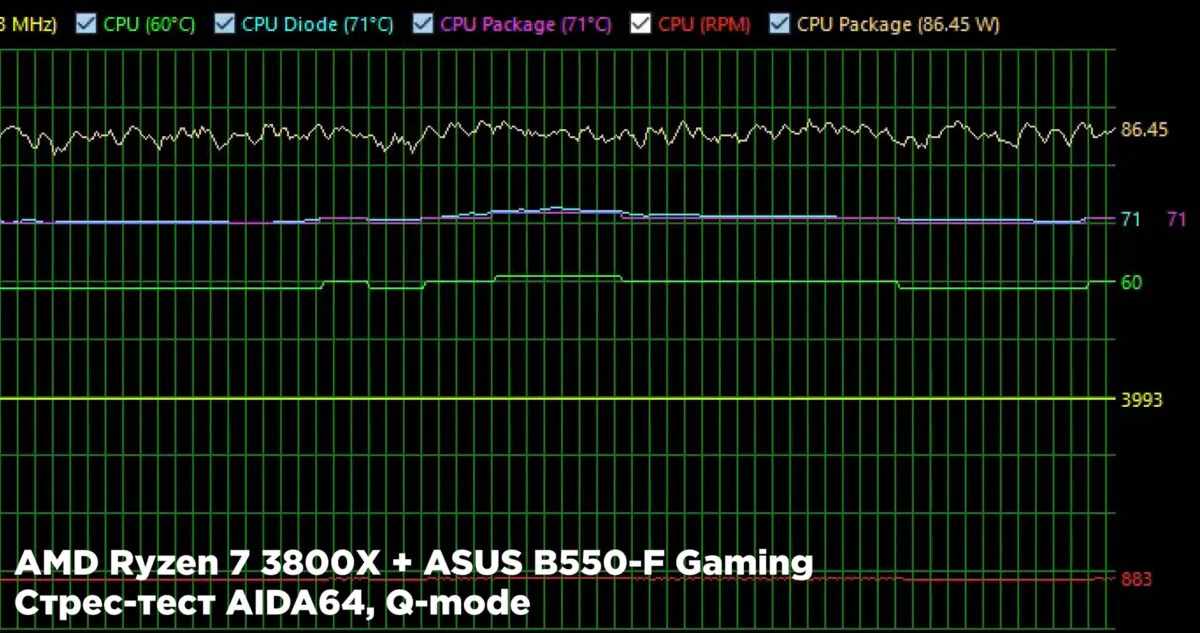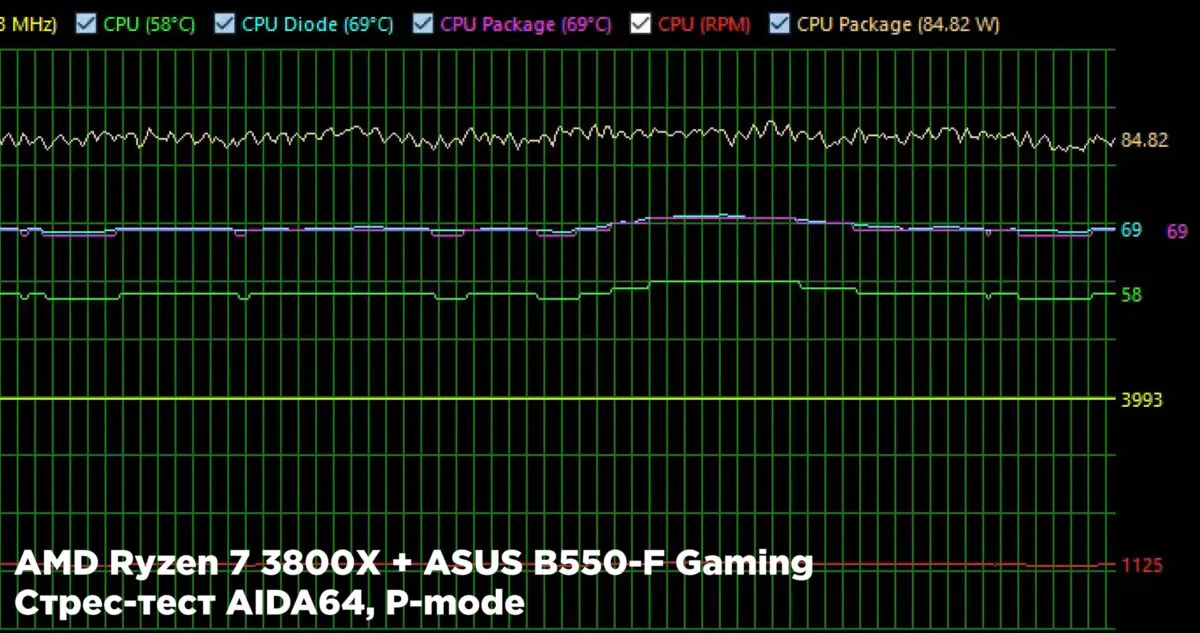© ROOT-NATION.com - Use of content is permitted with a backlink.
Let’s start by saying that the be quiet! Dark Rock Pro 5 is not the first cooler of the new generation. It’s not the most prestigious, not the most efficient, and not the most interesting cooler even in the arsenal of the latest be quiet! However, it is very cool in itself, just like how Core i7 and Ryzen 7 are cool compared to Core i9/Ryzen 9.
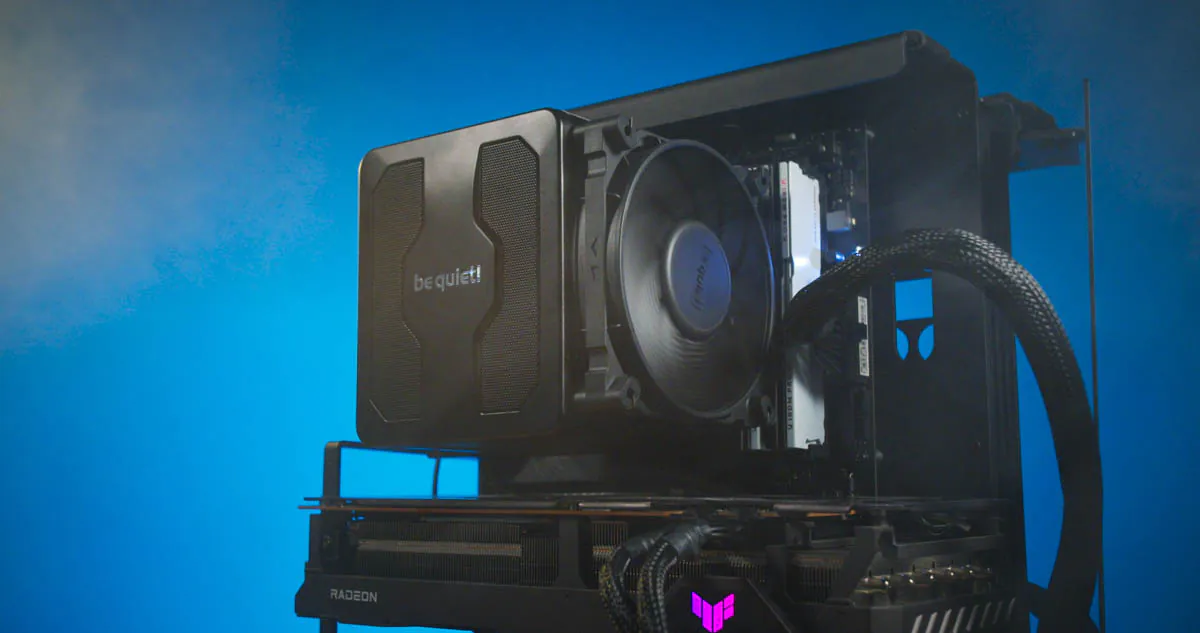
However, it is a predecessor to significant and perhaps inevitable events associated with new processors and coolers of a completely different type. It may also mark a potential shift in the market forever.
Video review of be quiet! Dark Rock Pro 5

Market positioning
Let me briefly describe the cooler itself. Its cost is around $100, which is still more affordable than the closest competitor in terms of power. This is because be quiet! now also offers the Dark Rock Elite, which we’ll discuss a bit later.
Package contents
The be quiet! Dark Rock Pro 5 comes with a traditional set of accessories, including mounts for mainstream Intel sockets, mounts for AM4 and AM5, thermal paste, and a long screwdriver with a Philips head. This kit, except for the AM5 mount, is essentially the same as that of the Dark Rock Pro 4, which we reviewed quite some time ago.
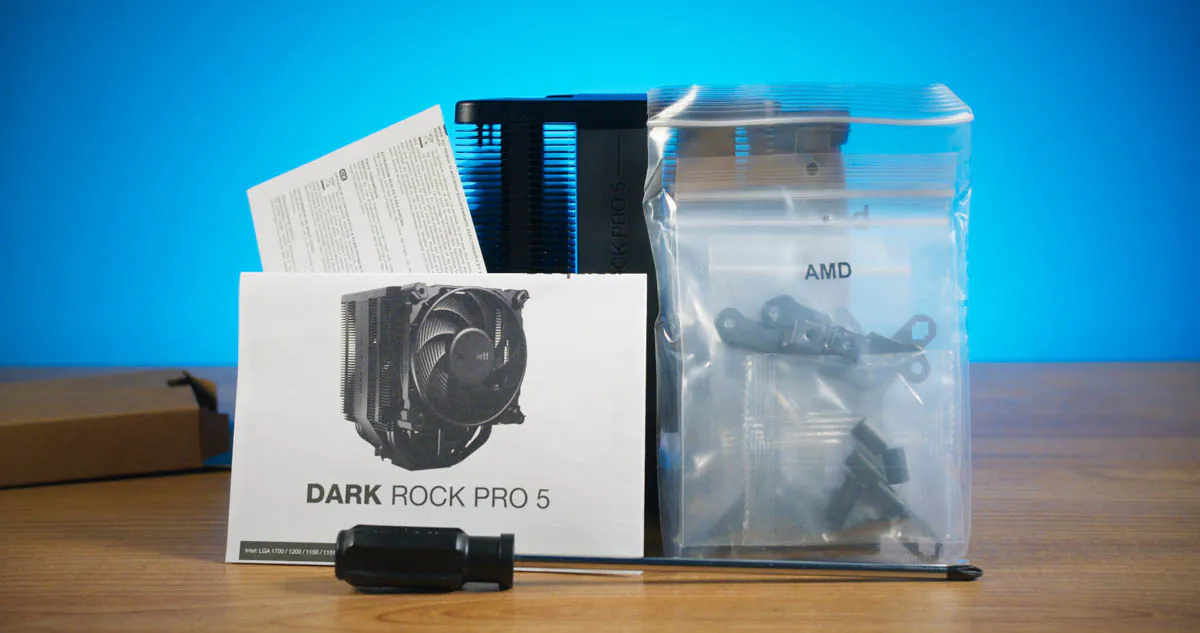
External appearance
Moving on. Visually, I immediately notice the difference in the “armor” that attaches to the top of the cooler with magnets. The Elite version features RGB lighting, while the reviewed version has only metal.
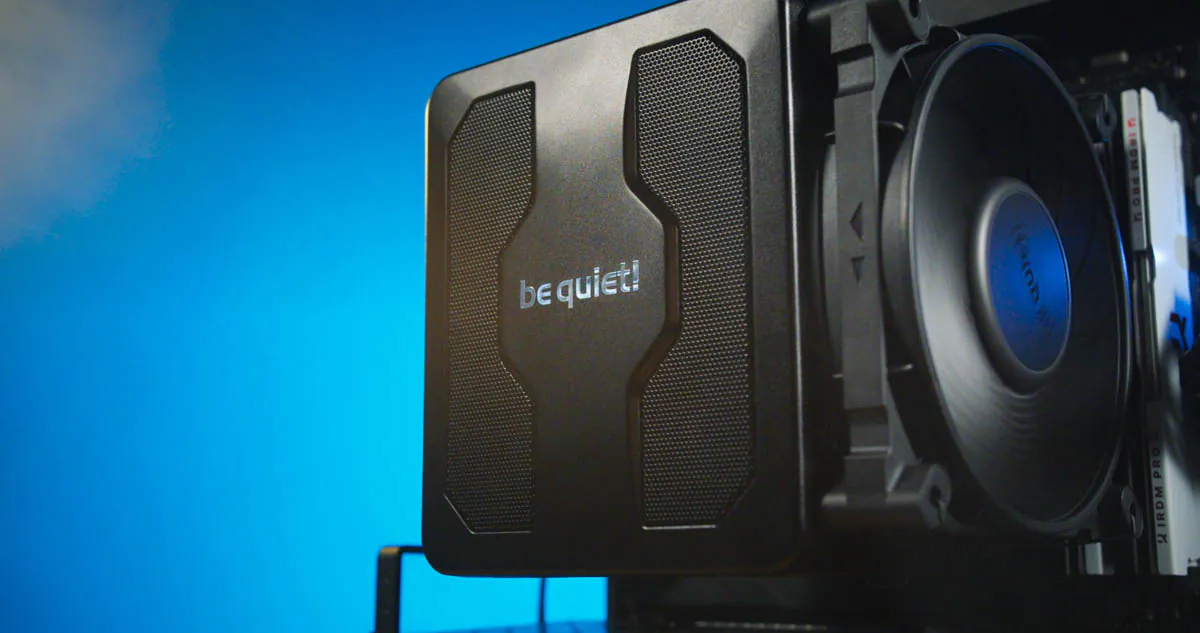
Additionally, the armor provides access to the speed switch, which limits the maximum RPM of the fans.
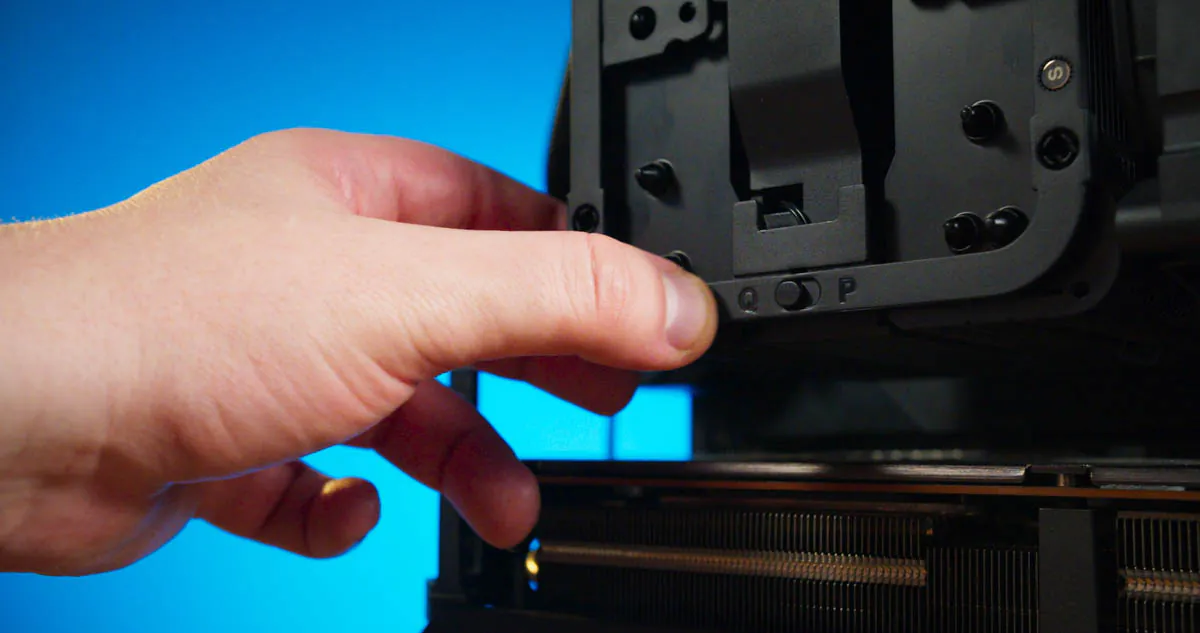
Fans
There are two fans – one is a 120mm Silent Wings, and the other is a proprietary 135mm. Technically, the latter is also a Silent Wings, but it is integrated into a plastic guide.

So, replacing this specific fan would be problematic. However, it’s not a significant issue, considering that the cooler comes with a 3-year warranty, and the fan is expected to operate continuously for 34. That’s 300,000 hours, as promised by the manufacturer.
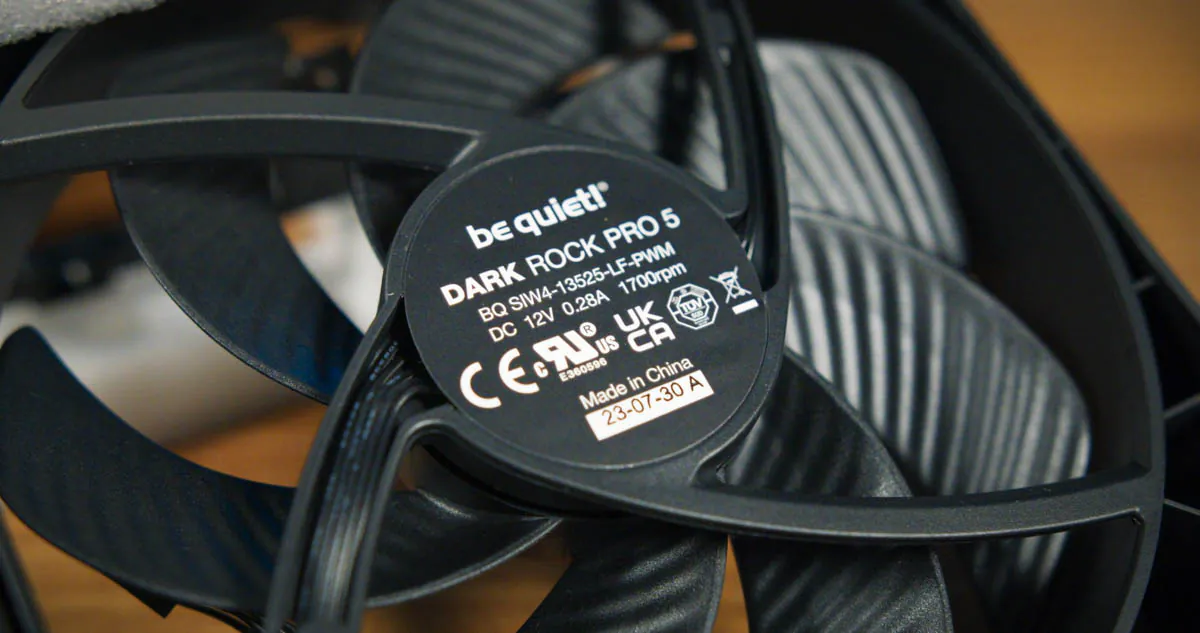
The 135mm model operates at speeds ranging from 700 to 1500 RPM, and 1300 RPM in standard and quiet modes, respectively. The 120mm model rotates at approximately the same minimum speed, with a maximum of 2000 or 1700 RPM.
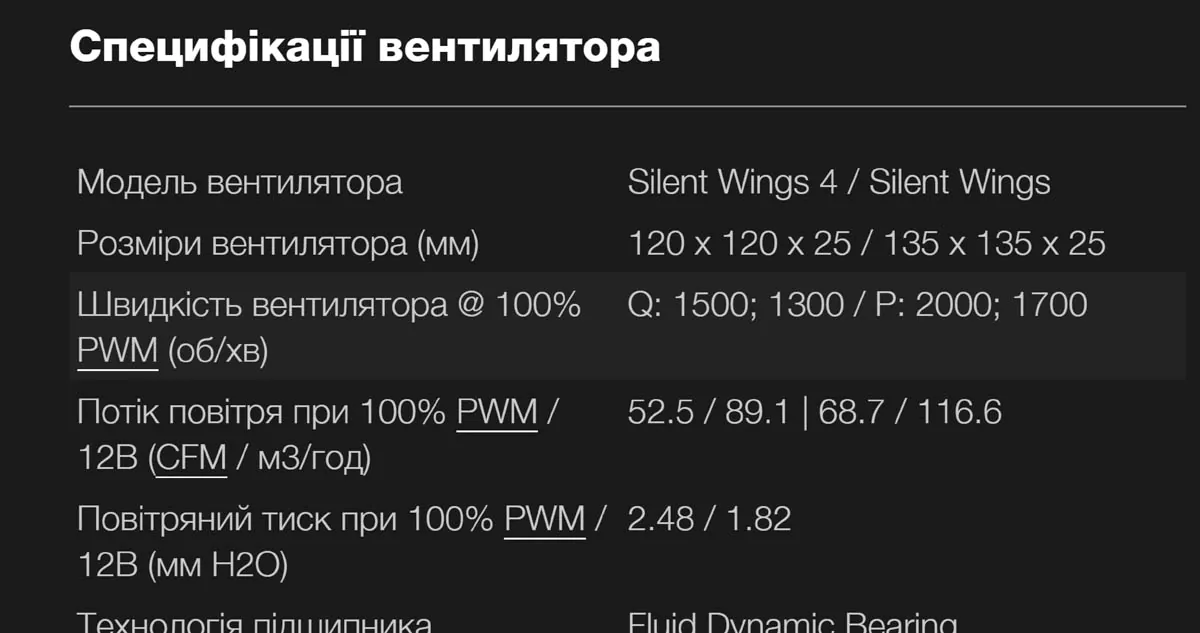
I also notice the cutout on the radiator and the ability to shift the front fan upwards to ensure maximum compatibility with RAM.
Mounting process
The mounting process is traditional for be quiet!, and in the case of AM4, for example, it involves removing the standard motherboard mounting, installing a new base, and attaching the cooler with the central fan removed using two screws, threading them down with a long screwdriver.
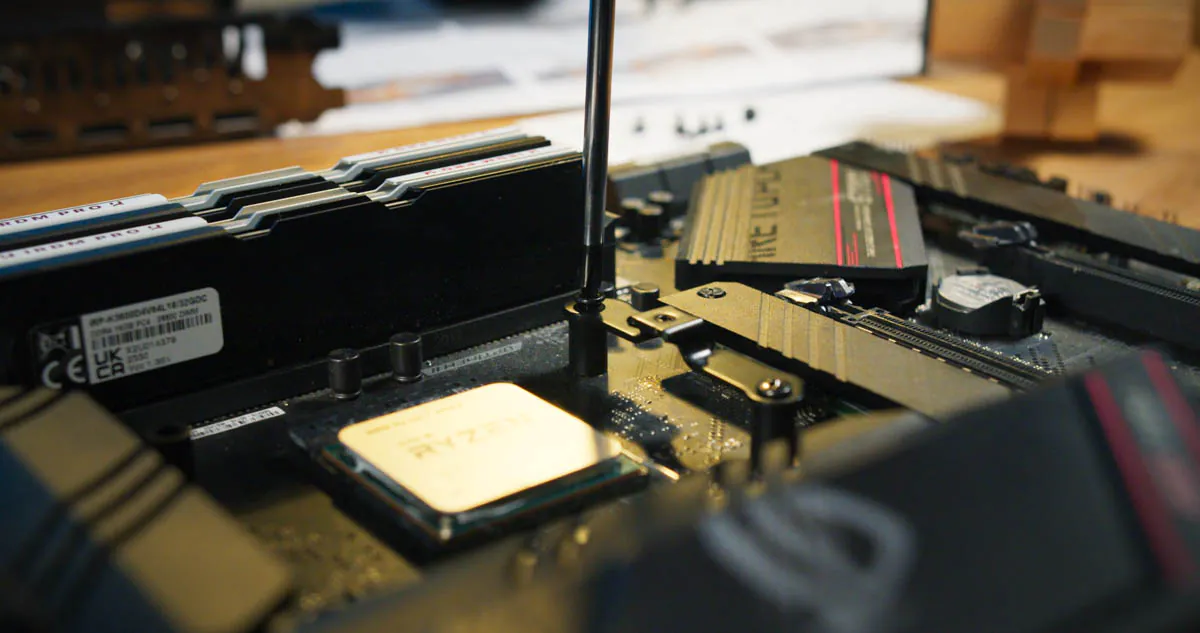
Traditionally for be quiet!, this process is heavy and meticulous, but at least there is a screwdriver included. Because it wasn’t always included in the past.
Technical specifications
The cooler’s height is 168mm, the overall weight is 1300g, there are a total of 45 fins on both sides, and it features 7 heat pipes.
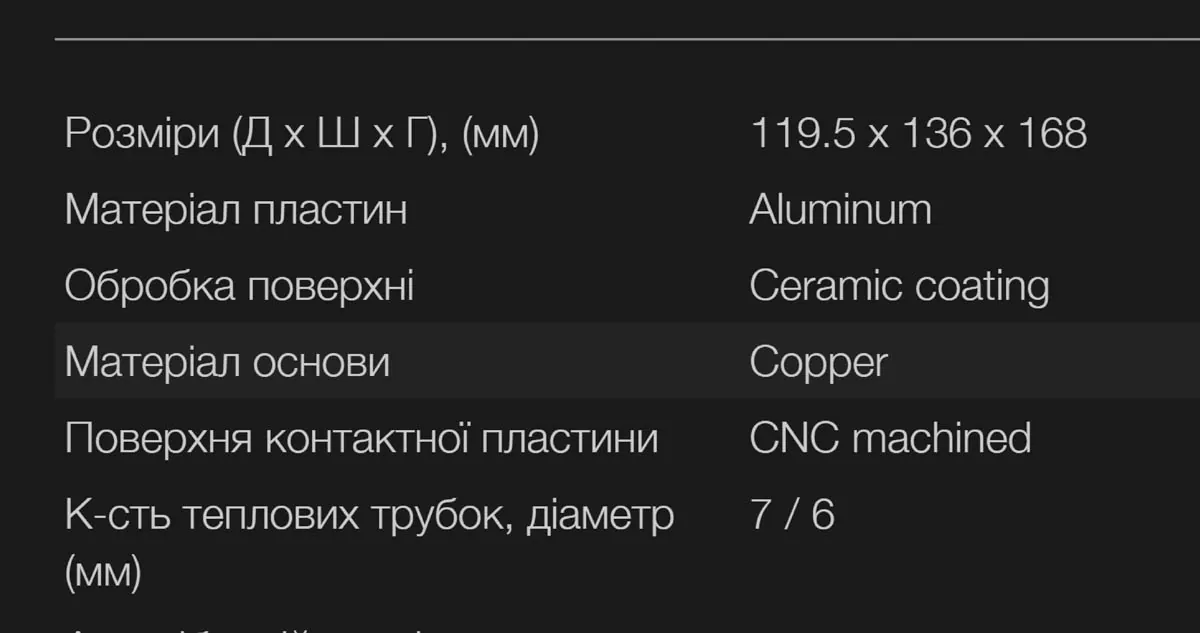
In these metrics, the cooler surpasses the Dark Rock Pro 4, providing an increase in the maximum TDP by 20W, up to 270. However, this is a theoretical power, at maximum fan speeds and a processor temperature closely approaching the critical point.
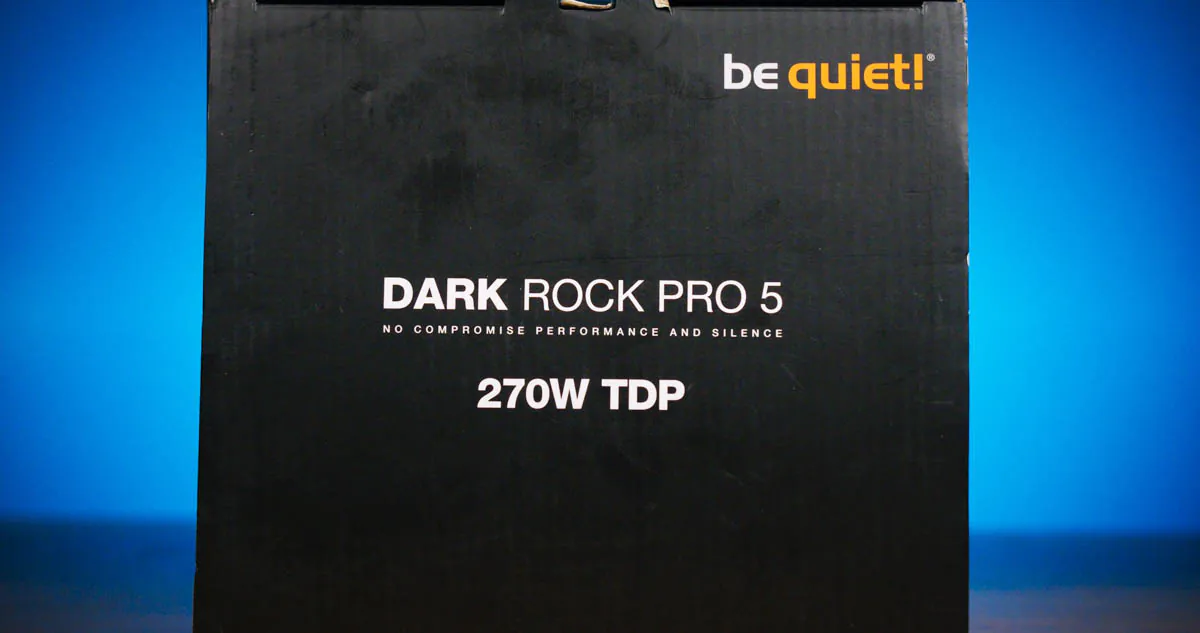
However, this won’t be a significant issue, as even at 100% speed with the quiet fan mode, the promised noise level is up to 24 dBa. It’s not completely silent, but in a high-quality case like the Shadow Base 800 DX with good sound insulation, the noise level will be negligible.
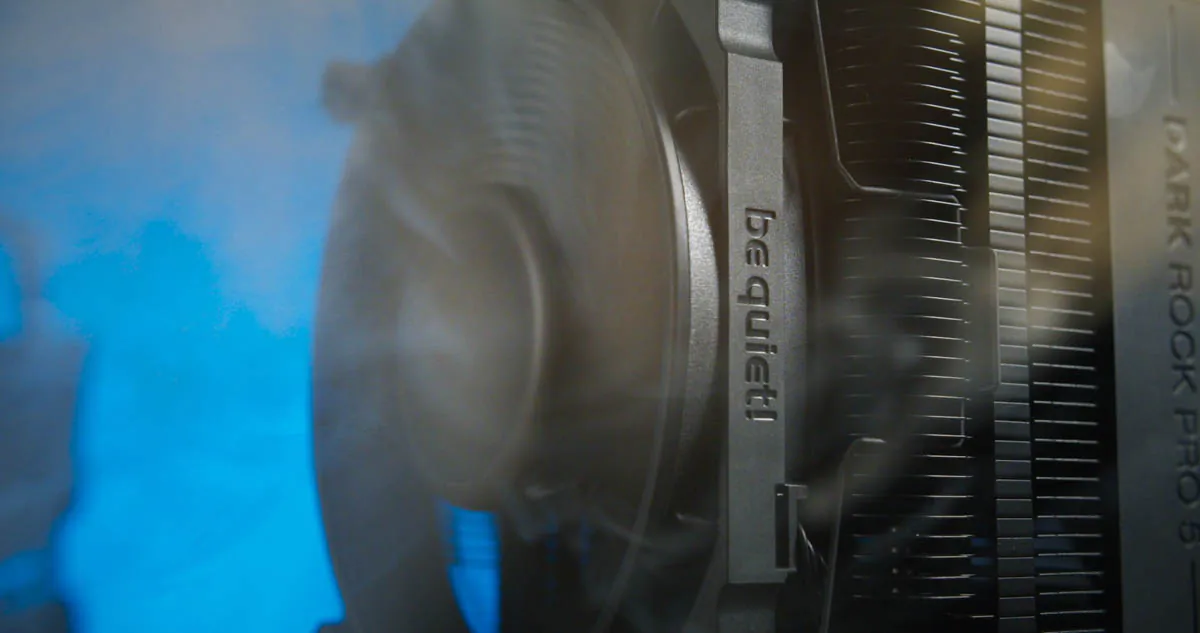 Testing the cooler on my current processor, the AMD Ryzen 7 3800X, doesn’t make much sense. However, I did test it anyway, and the results are below, in both modes, during stress testing and idle system operation, and even at manual fan speeds, but…
Testing the cooler on my current processor, the AMD Ryzen 7 3800X, doesn’t make much sense. However, I did test it anyway, and the results are below, in both modes, during stress testing and idle system operation, and even at manual fan speeds, but…
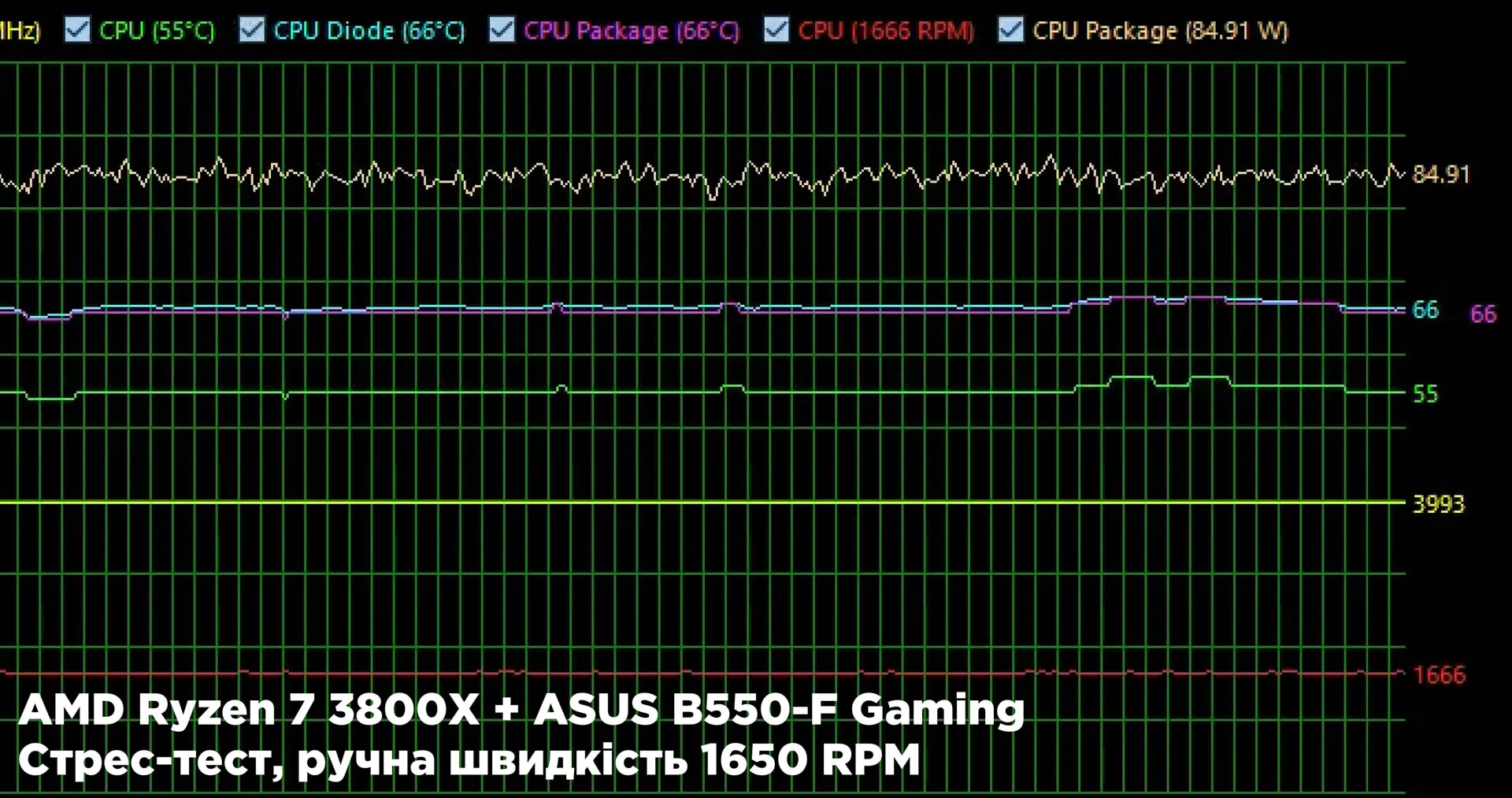
…but the cooler is designed for modern flagships like the Ryzen 9 7950X/7950X3D and Core i9-14900K, which consume almost four times more power than my eight-core processor. Even then, the Dark Rock Pro 5 may not always cope with them, as they can consume up to 300W.
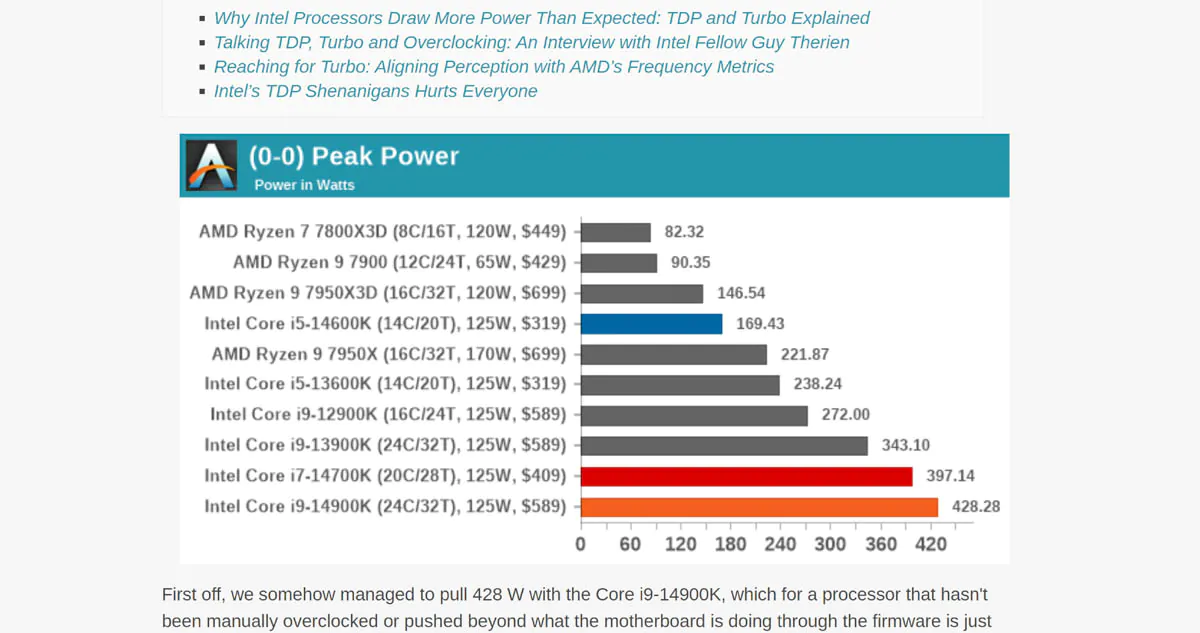
No, I can’t find a more powerful processor model than my current one because of the current situation in my country. And no, I don’t plan to skip creating the material because I have a topic worth discussing. And here… we will transition to a brief analysis of the cooling market because it has changed significantly over the past few years. Somewhat like the CPU market after the release of Zen 1.
So what’s the problem?
If you’re not keeping up with the trends, here’s the news for you – modern processors are starting to consume so much power under heavy loads that traditional tower coolers from past years are losing their efficiency completely. The heat pipes inside the coolers can be “overloaded” if temperatures are very high for an extended period. The pipes simply stop transporting heat.

This is one of the reasons why Noctua released the NH-D15 V2 this year, and be quiet! introduced not one but two updated Dark Rock 5 coolers. To give you an idea, the original NH-D15 has been around for over a decade, and the Dark Rock 4 is approaching its fifth year. Coolers of such magnitude and efficiency don’t come out just for the sake of it. Manufacturers find it more convenient to develop related technologies, invest in fan design, create more affordable models, and so on.

Add to that the fact that liquid cooling manufacturers have begun reviving their AIO series. Cougar recently introduced a 280mm liquid cooling solution, something I’ve been waiting for from them for years. Even be quiet! brought back AIO coolers to the market even before the ongoing competition, and they now come with RGB lighting. Although almost everything from them now features RGB, a review of the Shadow Base 800 DX will be coming soon.
Read also: Be quiet! Shadow Base 800 DX Computer Case Review
And let’s not forget about the exotic options like the IceGiant ProSyphon Elite and Intel Cryo Cooling system. The latter, however, officially ceased to exist as a project, but I believe that something even more efficient will replace it. Why do I think so? Because it was developed at a time when Intel reached a critical peak of processor heating, a topic widely discussed among journalists.
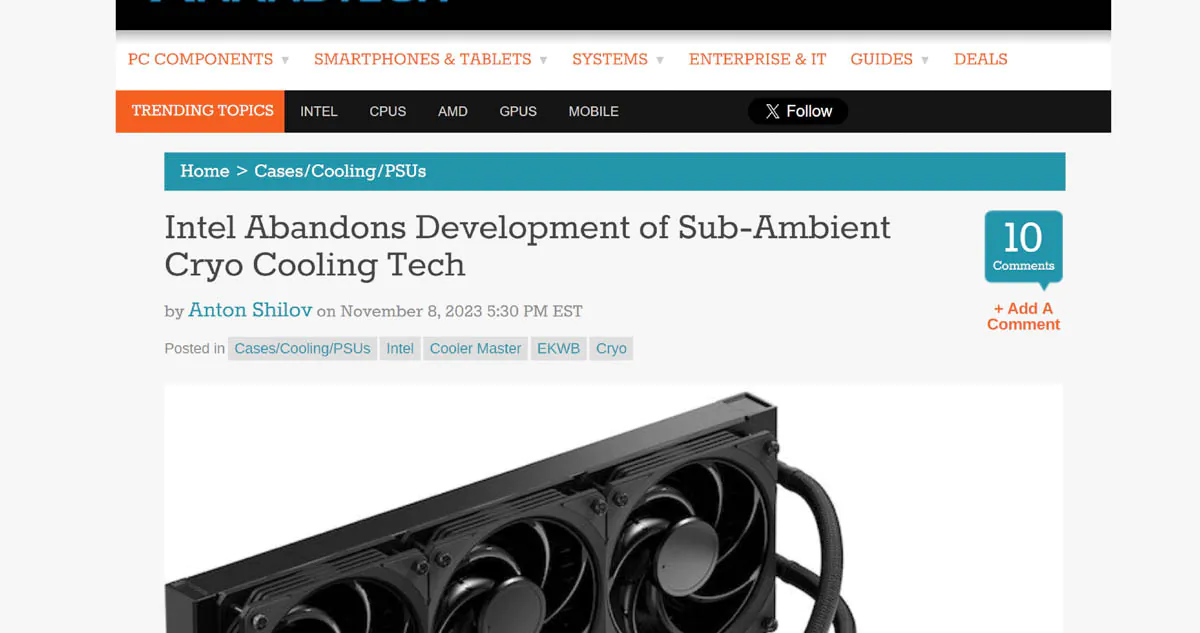
That was four years ago, during the times of the 10th and 11th generations, which both I and most reviewers consider a catastrophe. Now, the situation is somewhat similar, with so little sense in buying the 14th generation that Intel has resorted to anti-Ryzen propaganda.

Something similar indeed happened four years ago when Intel claimed that Threadripper and Epyc were held together by glue. Later on, they essentially did the same themselves by changing the structure of processors to a heterogeneous one – but these are just nuances, right?
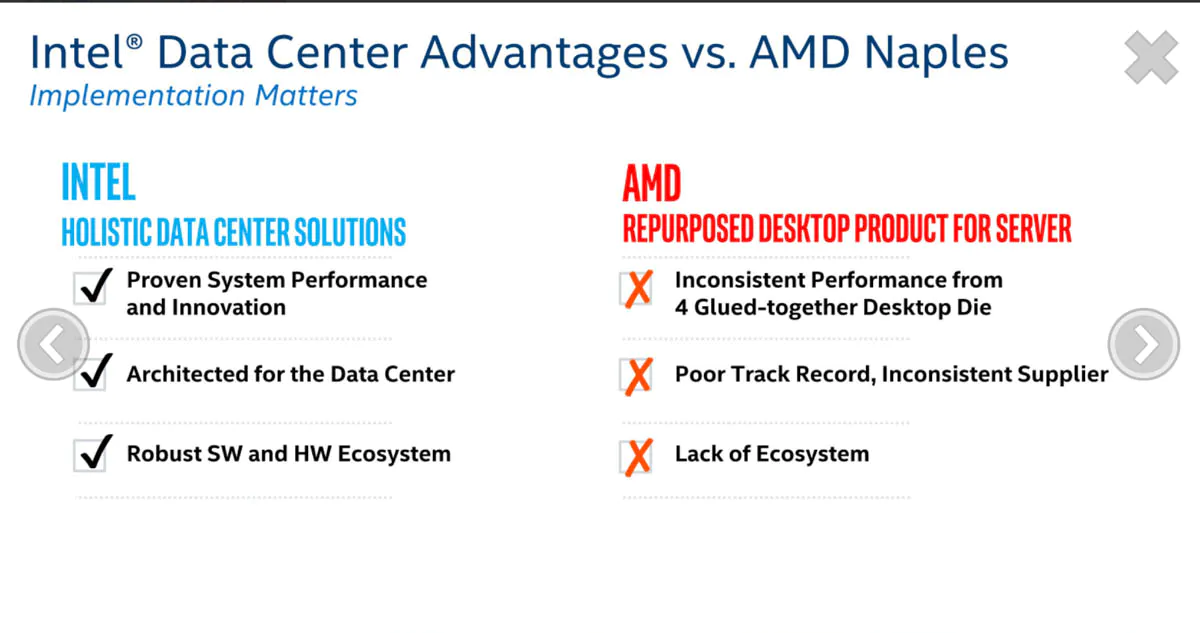
Ladies and gentlemen, and everyone in between – history is cyclical. That’s why I personally expect an announcement of Cryo Cooling Extreme or something similar.
The main problem
Why is this a problem, and how likely is it that processors will consume more and more? Because the be quiet! Dark Rock Pro 5 will already have trouble cooling a Core i9 under overclocking.
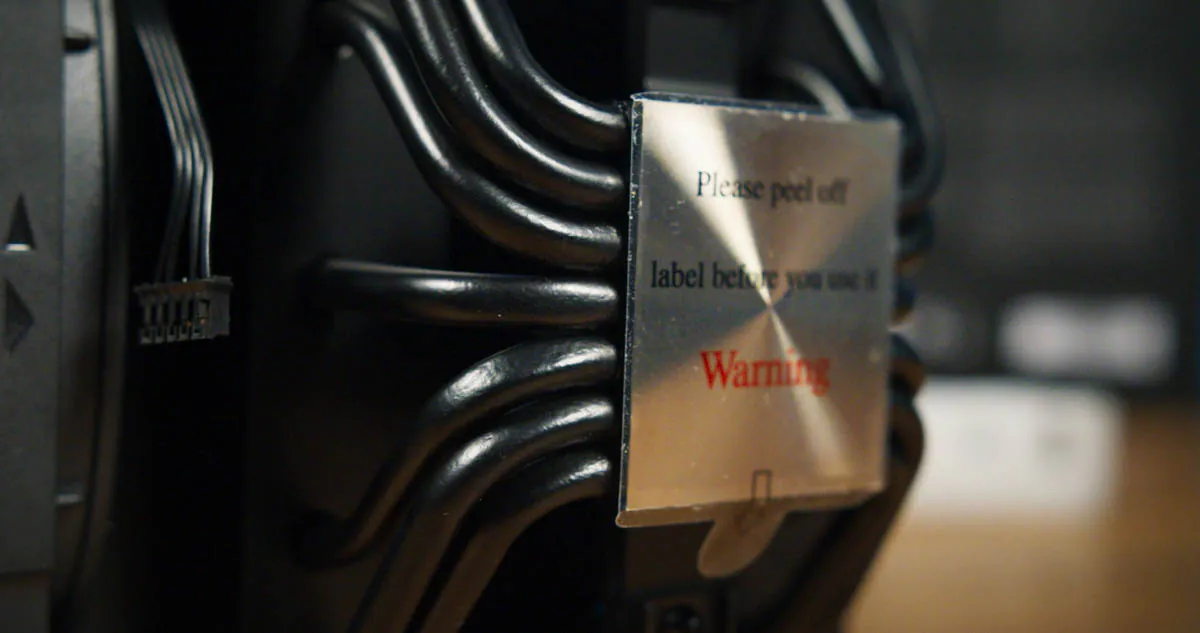
One of the best tower coolers in the world. It might encounter issues with mainstream processors. Don’t look at Noctua or DeepCool either; it will be the same story. Additional heat pipes and radiator plates may provide a temporary solution, but for how long?
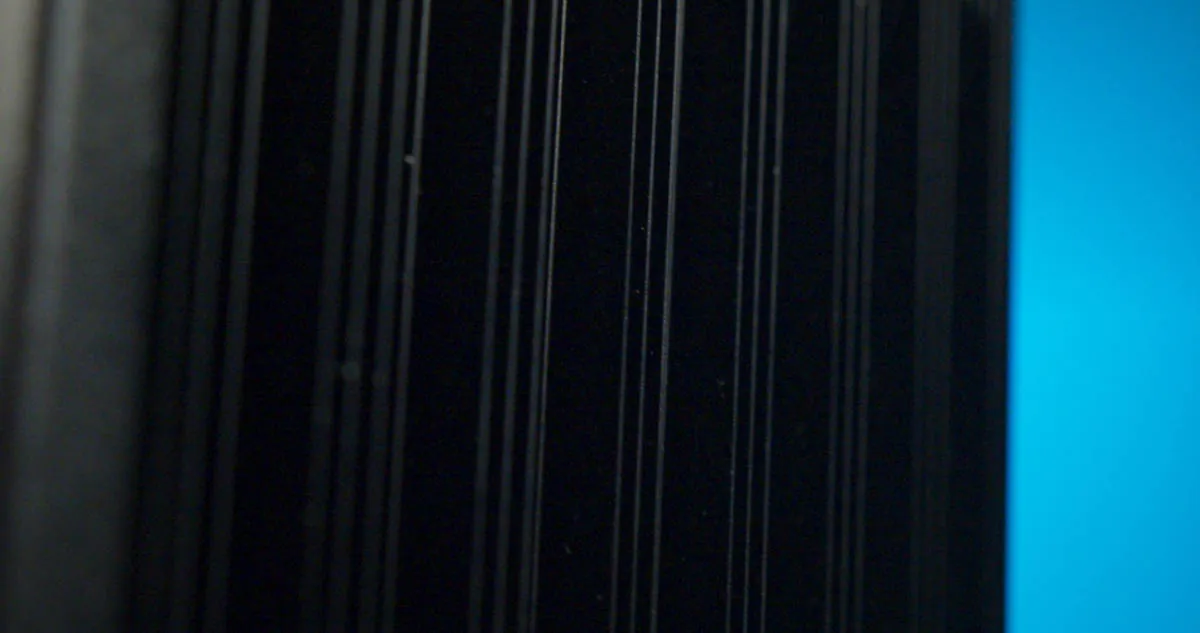
Therefore, here is the result of my analysis. In two or three years, if the trend continues and Intel is forced to rebrand Comet Lake again and again, adding more cores and frequencies, either AMD will emerge as the ultimate victor, with Ryzen X3D consuming less power and being better suited for gaming. Or the market will be divided into “everything except the top” and “top.” Everything except the top will be dominated by tower coolers, while the top will be ruled by liquid cooling and exotic solutions. No tower coolers for Core i9.
be quiet! Dark Rock Pro 5 Summary
In conclusion, I want to emphasize that yes, the be quiet! Dark Rock Pro 5 will be able to cool the Core i9-14900K without overclocking, and in gaming and tasks of moderate performance, the cooler will operate silently. Plus, it will have an undeniably epic appearance, especially when paired with a case like the be quiet! Silent Base 800 DX, for example. The question is, what to choose if it doesn’t meet the demands in the future?
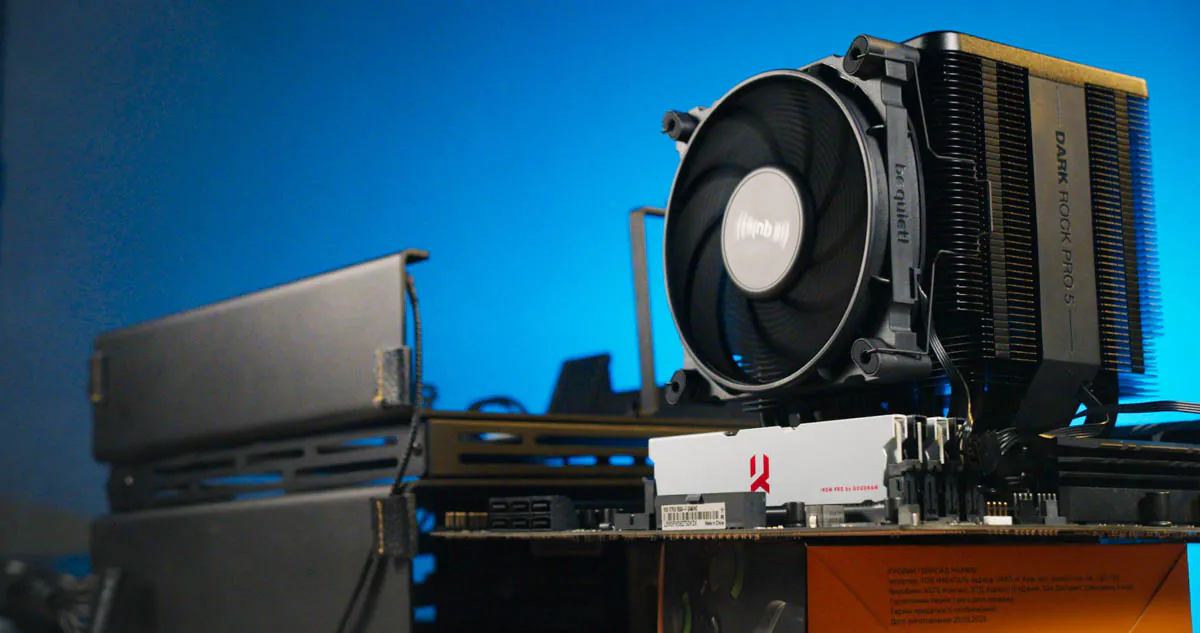
And this is a topic that is worth discussing in the comments. Do you agree that the market will be very clearly divided into the top tier and everything else? Do you see a trend in the increase of TDP, or are you confident that Intel will find a way to reduce it within a year or two? Write, don’t hesitate to share your thoughts.
Read also:
- ASUS TUF GAMING B760M-BTF WIFI Motherboard Review
- What are sacrificial SSDs and why are they worth it? Using the Goodram PX600 1 TB as an example
- be quiet! Straight Power 12 1200W Review: Great PSU, unsettling trend




